While most people are aware of the orthodontic appliance known as braces, fewer know there is more than one kind available. Through decades of innovation and the development of new types of braces for different purposes, five types of dental brace have become available. We’ll discuss the braces available for treating patients and why you may choose one over the other.
Discover The Five Types Of Dental Braces
Dental braces have been a standard part of dental care for over a century. The earlier braces were bulky and easy to notice by the casual observer. The advances in dental technology have helped to make them more discrete while also making them more effective. However, in the search for the perfect orthodontic appliance, other types of brace were made available. The available options when braces are required include the following:
- Traditional Metal Braces – These are easily identifiable by their iconic bracket and wire design. They function by adhering brackets to the teeth through which a heat-responsive archwire is run. This wire is secured through elastic ties, allowing the archwire to apply the necessary pressure to accomplish its end goal. These are considered the most comfortable, practical, and fast-acting of all the available braces and are smaller than other designs.
- Ceramic Braces – Constructed out of a clear material that can match the color of your teeth, these are popular with patients looking for a more discrete option. These are often used by patients who are either unable or do not wish to use a clear aligner option. The materials from which they’re constructed make them larger than metal braces and are at risk of becoming stained if not cared for properly.
- Self-Ligating Braces – These are similar to the two types of braces mentioned above and are available in both metal and clear ceramic styles. The major difference with this style of appliance is the use of clips or doors to hold the wire in place. This eliminates any need to use elastic wires to secure the archwire. Patients who struggle with sitting still for long periods, are sensitive to discomfort or have developmental concerns often benefit from this style.
- Lingual Braces – These differ from the above options in that the brackets and wires are located inside the teeth, near the tongue. It is from this position that they take the name “lingual.” They provide all the benefits of the above styles but are invisible due to their placement. However, they require special training on the part of the dentist, making them less available than other types. While the aesthetic benefits of invisible braces are important, they often interfere with the patient’s ability to speak clearly at first, often creating a lisp. Tongue irritation is also possible due to their placement.
One relatively recent addition to the orthodontic treatment line is clear aligners. These have been around for a few decades now. Every year they see greater improvement, making them more effective while also being difficult to spot by the casual observer. Combine this with the ability to remove them for eating, and they’re the orthodontic appliance of choice for many patients.
Consult Your Dentist To Learn More
Your dentist will be able to work with you to provide a list of potential orthodontic treatments for your concern. They’ll go over your oral health and consult with you about making the changes you desire. Together you’ll develop a treatment plan sure to produce great results you’ll be proud to share.




